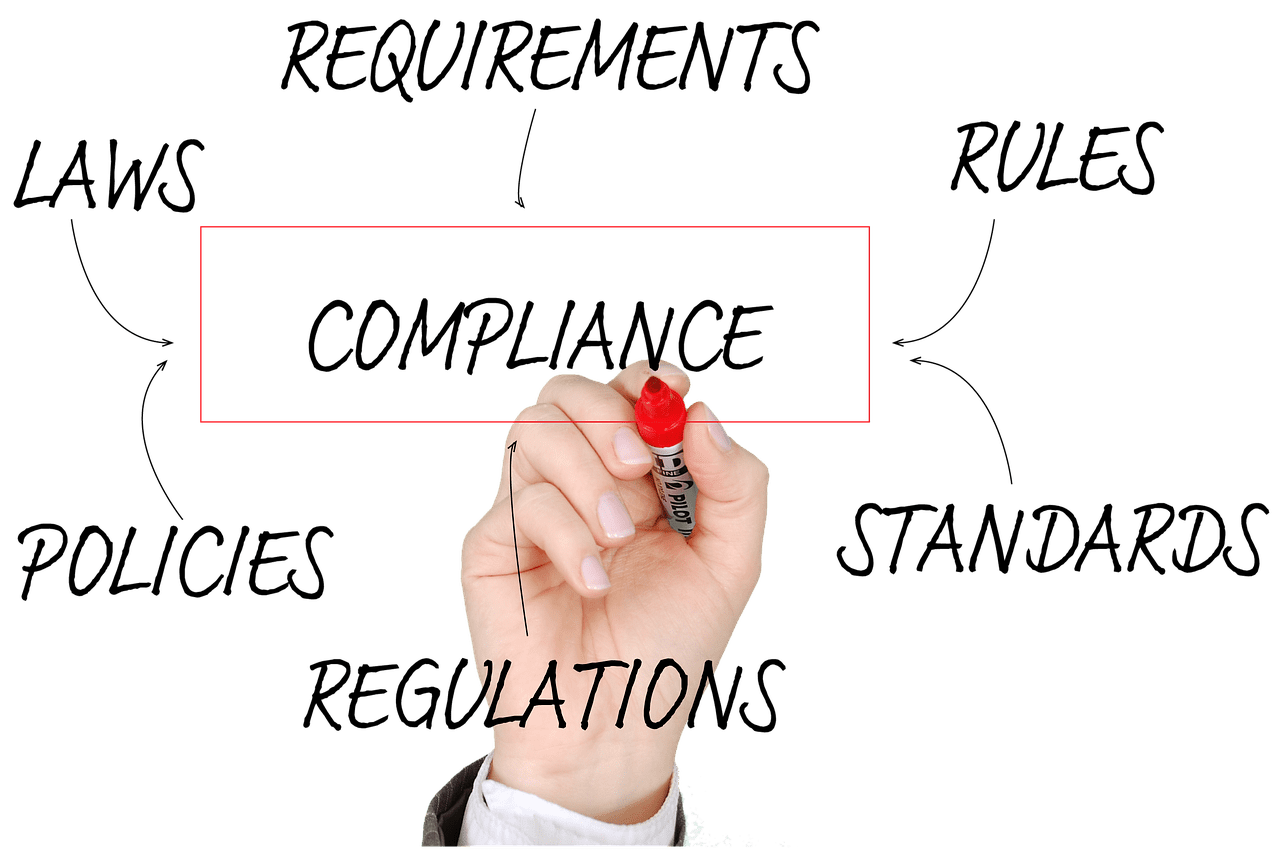Listen. We understand. Compliance is a topic that’s often overly technical or high-level. And when it comes to explaining the difference between legal and compliance the intricacies and nuances can be enough to make any chemical manufacturer or distributor’s head spin.
But thankfully, we found this article that so perfectly encapsulates the difference with an analogy that gives perfect context to the answer.
“Imagine that your company processes dangerous, flammable chemicals at several of your sites.
“ … the safety team cannot prevent every fire. That is why you have insurance. But just having insurance does nothing to prevent fires.
“Ultimately, both the insurance team and the safety team protect the company, but in different ways.
“The insurance team protects the company from fire liability; the safety team protects the company from fire itself.”
Clear as mud? Hang in there.
Your fire insurance reduces your company’s financial liability if it burns down. Simple, right?
Your safety compliance team, on the other hand, helps to prevent your company from burning down – and needing to cash in on that fire insurance – by …
- Determining how employees handle the chemicals through policies, training, and controls
- Making sure policies, training, and controls work by monitoring how employees handle chemicals
- Running audits to ensure that the outputs of those processes are reliable.
- Investigating when something does go wrong to figure out why and fix it
Preventing The Fires, Protecting The Company
So if legal is there to advise and protect your company, your safety compliance manager and team are there to detect and prevent issues and support a culture of accountability. In fact, your Environmental Health & Safety Manager will …
- Help you deal with a growing workload, responding to upper management, inspiring employees, and ensuring compliance – all while handling recordkeeping, procuring safety products, and handling other administrative duties for various safety categories and concerns.
- Create a culture of safety, striving to inspire employees to change behaviors, make safer choices, and promote cooperation and employee ownership of program goals.
- Manage safety across borders as safety regulations differ from country to country, so safety managers are prepared to keep up with regional occupational safety regulations, language barriers, and cultural differences while providing consistent, standardized implementation of safety management systems.
- Select the right safety sources, staying on top of new information and resources from professional groups, government sources, and the Internet to be sure they reference the right information from reliable sources at the right time.
- Create a climate of open communication by giving and receiving constructive feedback and leading by creating an atmosphere of both sharing and listening so employees feel comfortable approaching them with difficult information, confident that they will be met with a knowledgeable response.
GSM: We’re On Your Safety Team
A well-run compliance program requires many judgments to be made on a weekly basis so for a compliance partner who makes the difference between a bad headline and a good bottom line, contact us today!


